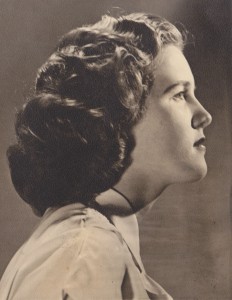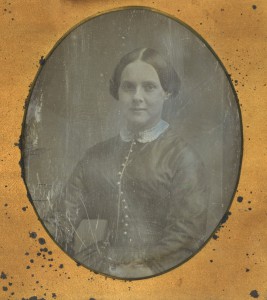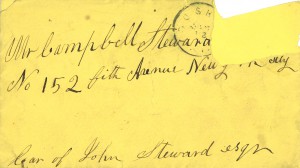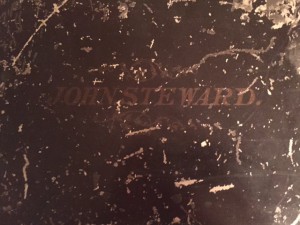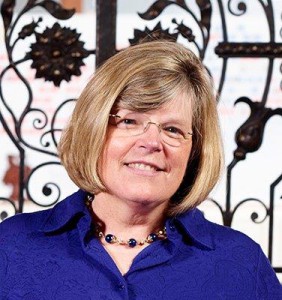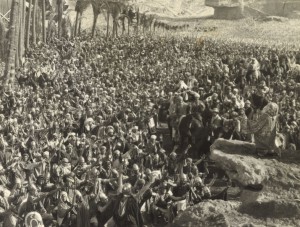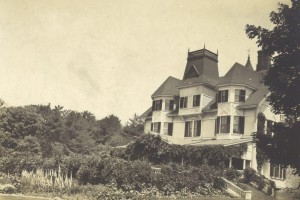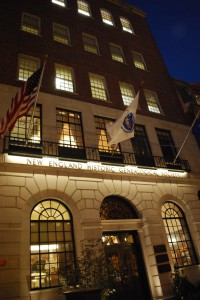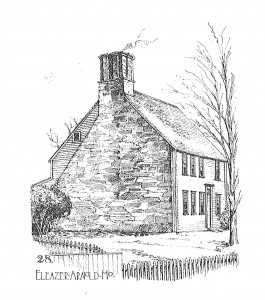
The earliest houses built in Rhode Island, beginning with the first settlement by Reverend William Blackstone in the area now known as Cumberland, were different from those which were being built elsewhere in New England during the seventeenth century. One style of building in particular stands out for its presence in the formative years of the Rhode Island colony. These houses were known as stone-enders, as they were built around large chimneys made of limestone which formed an entire wall of the house. Early settlers found an abundance of limestone throughout the colony, leading to its use in house construction.[1] Continue reading Stone-ender houses of Rhode Island
